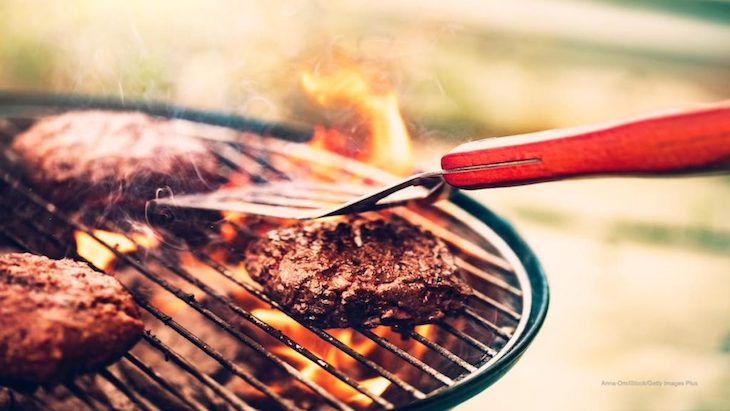The USDA is offering tips to help keep your backyard barbecue safe from Staphylococcus aureus bacteria this summer. Cooking outdoors presents special challenges, including grilling food to a safe internal temperature, and higher ambient temperatures.

The press release focuses on Staphylococcus aureus, which sickens about 240,000 Americans every year. About 1,000 of those patients need to be hospitalized, and about six people die every year. A USDA scientist developed a test that detects the pathogen in foods, which is faster, more sensitive, and less expensive than other standardized tests.
Reuven Rasooly, a chemist with the USDA’s Agricultural Research Service (ARS) said in a statement, “The current test detects active toxin only 50 percent of the time compared to the test, which detects it 99 percent of the time. The new test also detects toxins within 5 hours compared to 48 to 72 hours for other tests.”
The new test can also differentiate between active toxin, which is a health threat, and inactive toxin, which is not.
Staphylococcus aureus bactéria produces a wide range of toxins that are associated with food poisoning outbreaks, including staphylococcal enterotoxin type E that has caused foodborne illness outbreaks in the United States. The toxin causes symptoms including nausea, vomiting, diarrhea, severe abdominal cramps, and mild fever.
This bacteria contaminates food if people who carry the pathogen don’t wash their hands before touching it. The bacteria easily multiplies in food in the danger zone temperature of 40°F to 140°F. The bacteria are killed by cooking, but the toxins survive cooking temperatures and then cause illness.
A Staphylococcus infection causes illness within 30 minutes to 8 hours after eating or drinking foods or beverages containing the toxin. Most people are sick for only about a day, and severe illness is rare. Still, some people do become ill enough to be hospitalized. The illness can’t be passed from one person to another.
So, to prevent this pathogen from ruining your barbecue, don’t leave perishable foods out of refrigeration for more than two hours, or just one hour if the air temperature is above 90°F. Use a food thermometer and cook foods to safe temperatures. Keep hot foods hot and cold foods hold. And store cooked food in a wide, shallow container and refrigerate as soon as possible after the meal is over.




